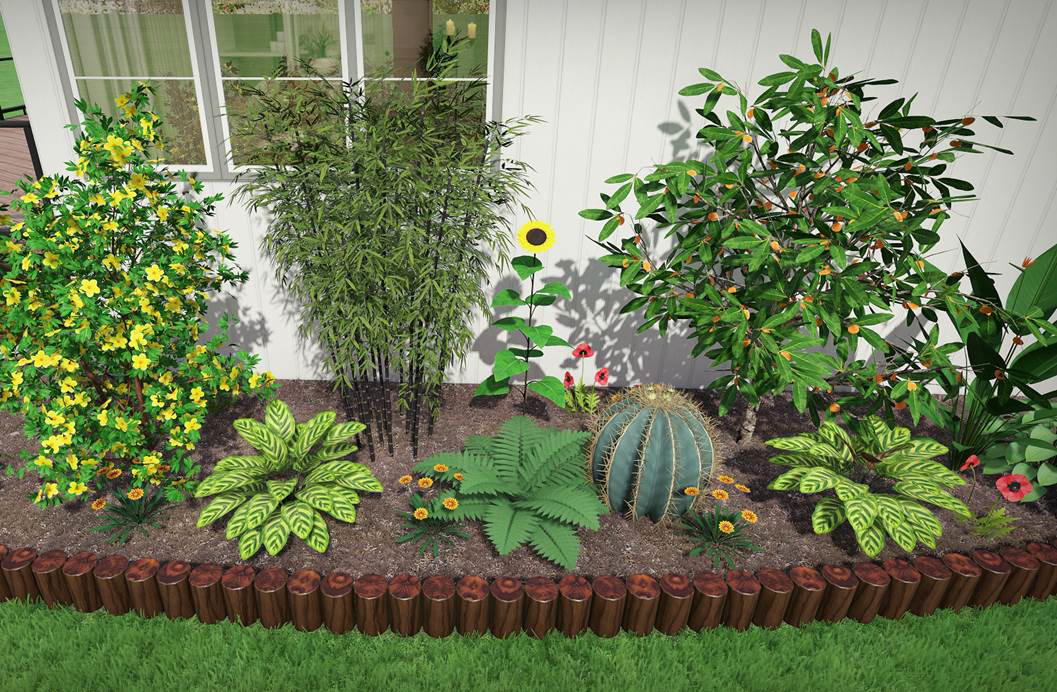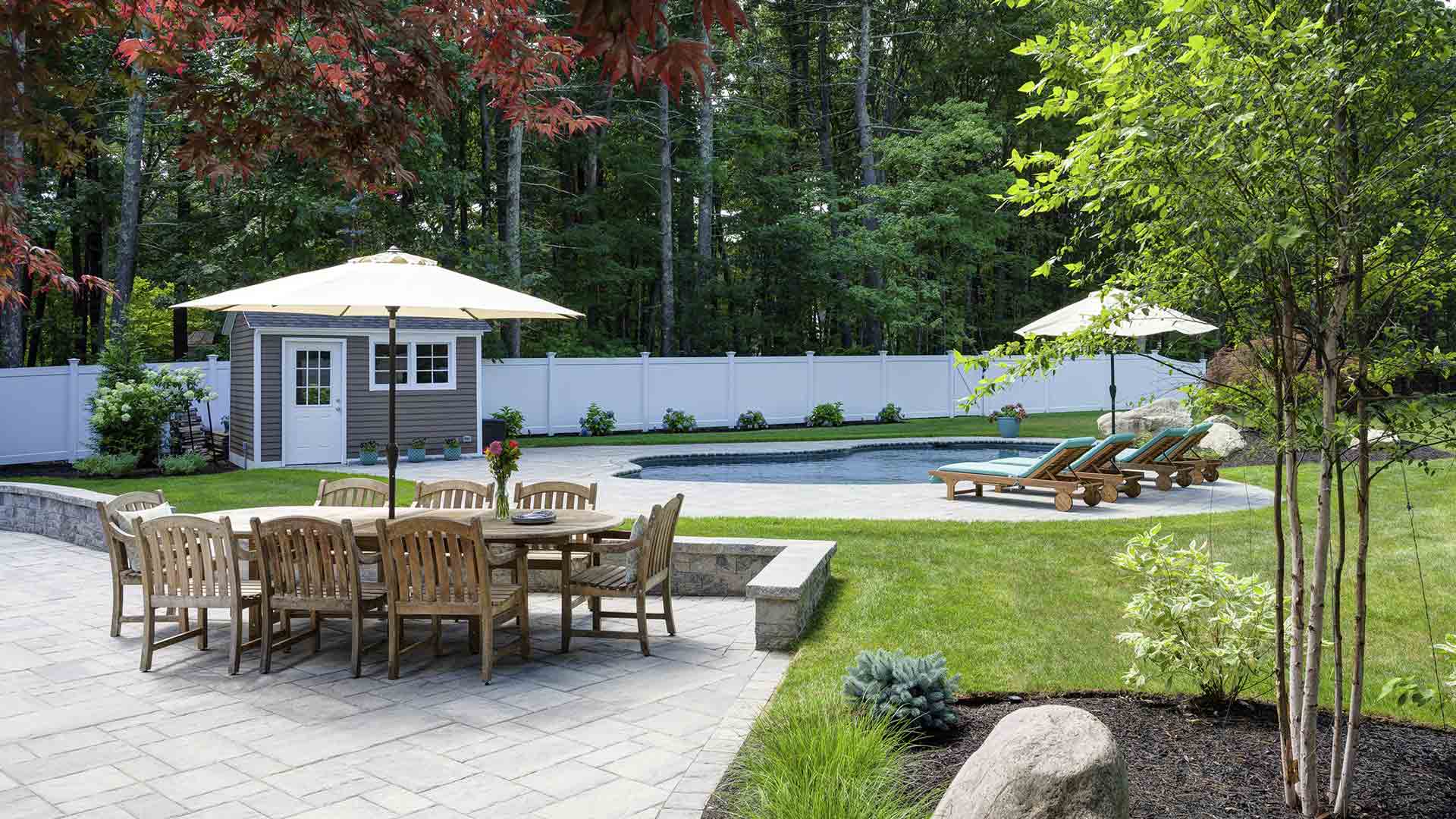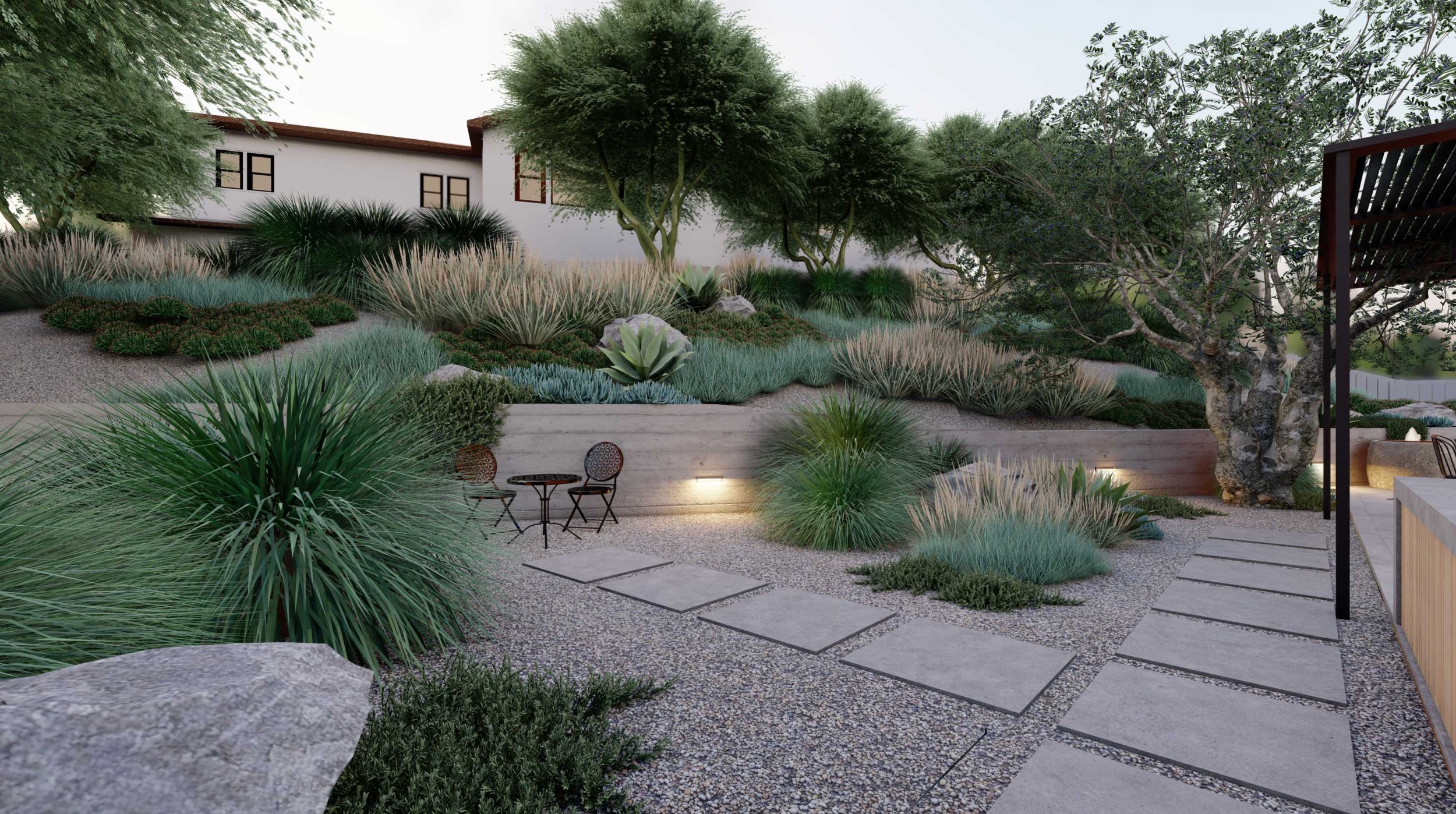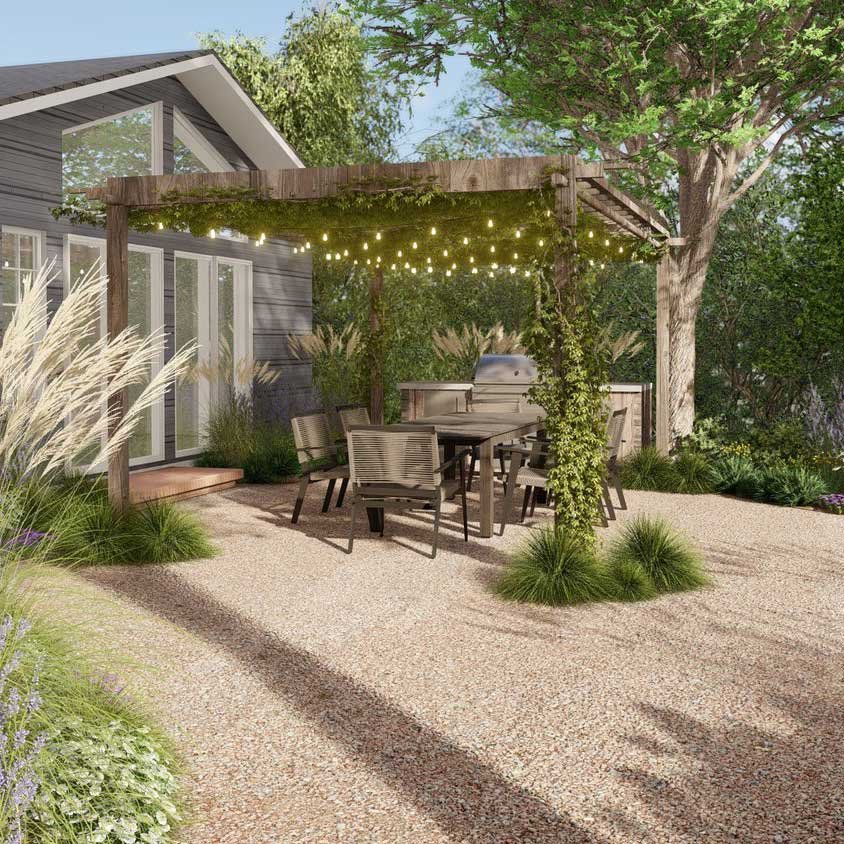The Buzz on Landscapers
The Buzz on Landscapers
Blog Article
What Does Landscapers Mean?
Table of ContentsWhat Does Landscapers Do?Landscapers - The FactsNot known Factual Statements About Landscapers Fascination About LandscapersLandscapers Fundamentals Explained
In the PNW there are semi-deciduous or semi-evergreen plants that may shed their leaves depending on how chilly the winter is. - A flat event space, made of timber or composite product (made to look like timber), generally surrounding or affixed to a framework.

This is a natural procedure, and the result can be made use of for courses and outdoor patios. - Key landscape functions being proposed in a landscape style strategy.
More About Landscapers
These goals guide the design procedure, not the developer's style or choices. Common style purposes in Portland are low maintenance, dry spell tolerant, and animal friendly. - Refine for removing or thinning the dead lower level of a mature grass. Thatch is yard that has died and gathered listed below the environment-friendly blades.
However, in time this layer can get extremely thick and make it tough for water, sunlight, and nutrients to obtain to parts of the lawn.- The procedure of accumulating and regulating the circulation of water on a building. This can be done with grading, French drains, dry wells, absorptive surface areas, sump pump, rainfall gardens, and a lot more.
- A slow-moving feeding watering system that uses flexible tubes and emitters to send out an accurate amount of water to each plant. - The ability of a plant to survive without much summer season water.
- A yard attribute where water is stood for by an accumulated stone product, generally a gravel or granite. These are most commonly discovered in modern-day and Japanese garden layout.- A stone or natural flagstone patio area, path, or sidewalk built without a concrete base. The base would be compressed gravel and the joints would certainly be an aggregate or walkable ground cover.
Landscapers Fundamentals Explained
- A stone maintaining or complimentary standing wall constructed without the usage of mortar. - A below ground framework that accumulate water and enables it to slow down percolate into the soil around it.
Landscape design that is suitable with a sites' environment in both look and sustainability without unfavorable impacts to the environment. Bordering in the landscape is a line of demarcation that develops aesthetic interest in the yard by separating one segment from an additional section.
Locations you can find out more can additionally visit this website have a sensation of "room" provided by trees, various other growings, fencings, or screens. The landscape near the access to a building. A tree, shrub or creeping plant, trained to expand on a wall or fencing into a details pattern. Particularly useful for fruit trees, making it very easy to harvest the fruit and having mess.
A plant that is not native to the place where it will certainly be grown. Thicker bladed turf lawn that spread out via rhizomes.: The level of soil on your property before bark dust or garden compost is spread out.
Indicators on Landscapers You Should Know

The function, reason, or action that a location is be landscaped for. Staircases work, as an example, to allow foot traffic backwards and forwards an incline. Area for growing plants for viewing, consuming, or physical task. A roofed building used over an exterior celebration space. The sprouting of a seed, probably referring to a lawn that is being expanded from seed.
Rock item, either rounded or fractured, that is reasonably little- generally 1" or less. Reduced plants that are permitted or encouraged to spread over a location. Can describe any "hard" garden aspects including statuary or boulders yet a lot of typically is made use of to refer to courses, outdoor patios, and walls.: Height distinction between the degree of water in a pond (or the degree of the pump if it sits outside the fish pond) and the top outlet of water which influences performance of the water pump in gph (gallons per hour). Thick bushes or trees that create a fence, display, or boundary.

The Only Guide to Landscapers
An even more kicked back garden dominated by curved rather than straight look at more info bed lines and a much less inflexible framework. Traditional PNW landscapes are casual. A plant that spreads more than wanted, or into habitats where it does damages. Portland has a checklist of intrusive plants that must not be set up in landscapes since they can infect forests or rivers and be tough to manage.
Can include head positionings and protection, pipeline sizing, GPM specs, and products needed to mount this system. Accredited expert that develops landscapes, educated in engineering and design as well as in horticulture.
Landscape developers usually have much less schooling than Landscape Architects and are not certified. A finished landscape layout, detailing all aspects for the brand-new landscape.
A water limited HDPE product made use of underneath ponds, streams and waterfalls in water features. Using numerous plantings of the exact same range to fill up in a location in the landscape.
Report this page